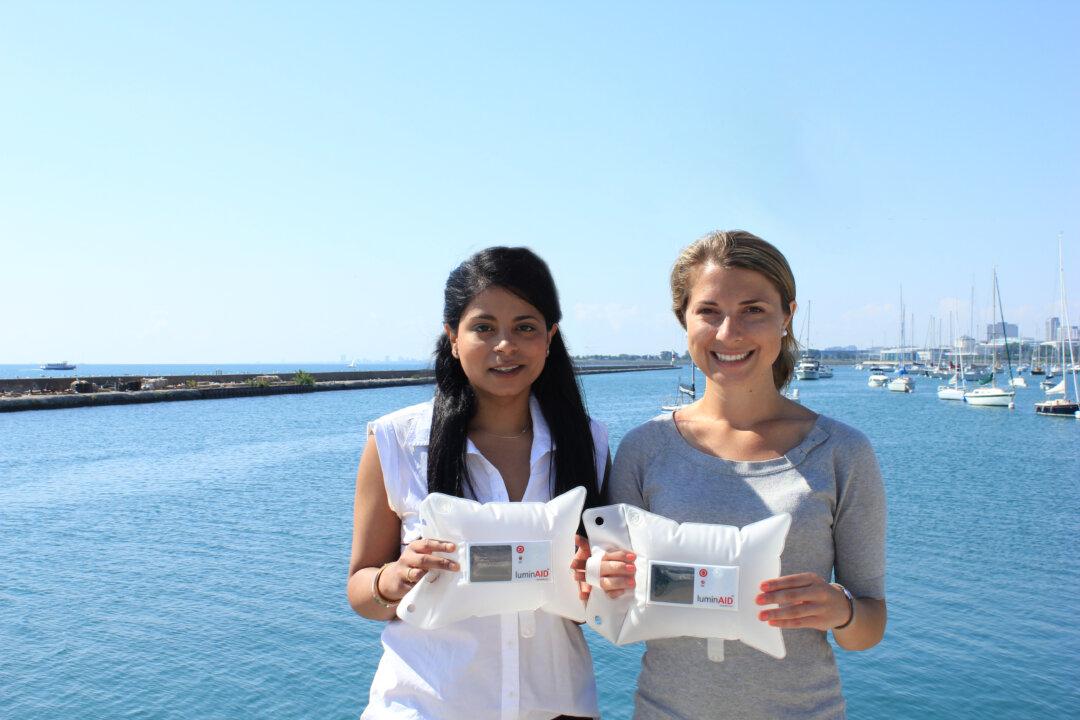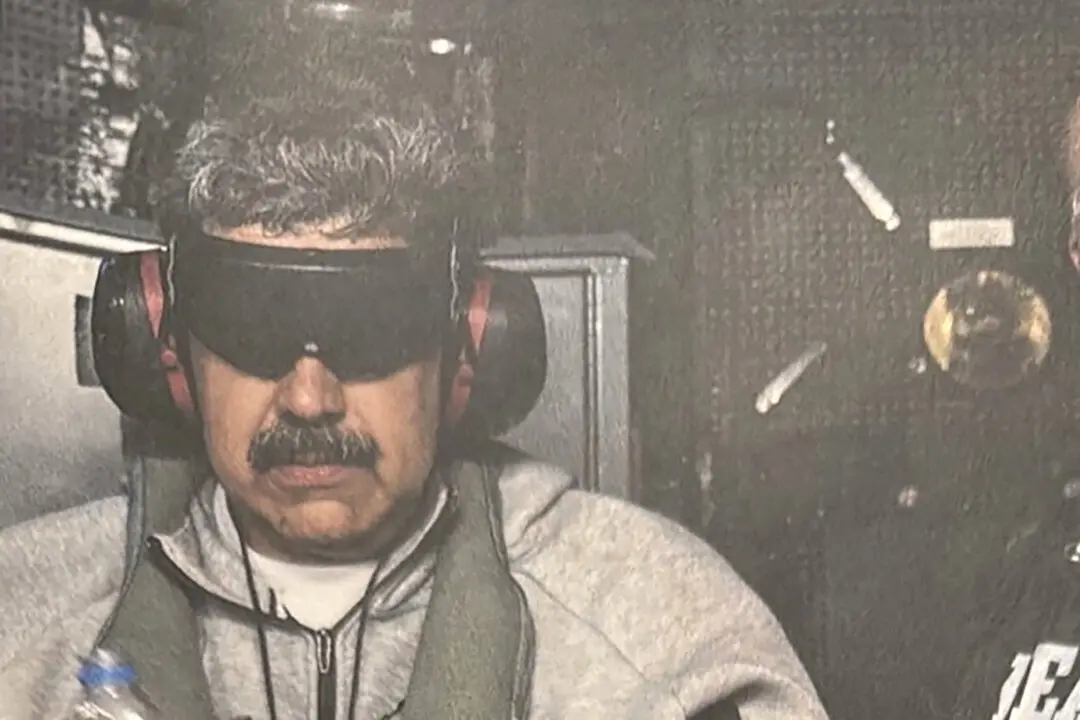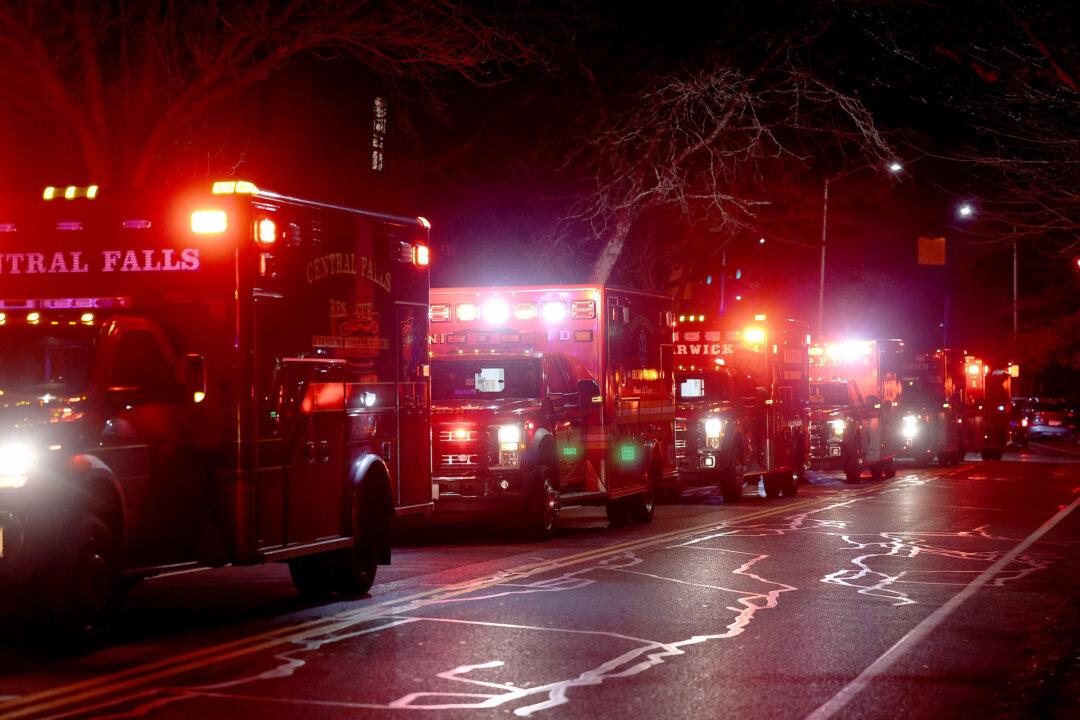“It takes a village to raise a child.”
The popular saying of unknown origins most commonly refers to people outside of a child’s immediate family who contribute to the child’s growth and maturation. The village can include, grandparents, uncles, aunts, cousins, clergy, teachers, mentors, and friends.
There have been many mentors, many professors.
, LuminAID





